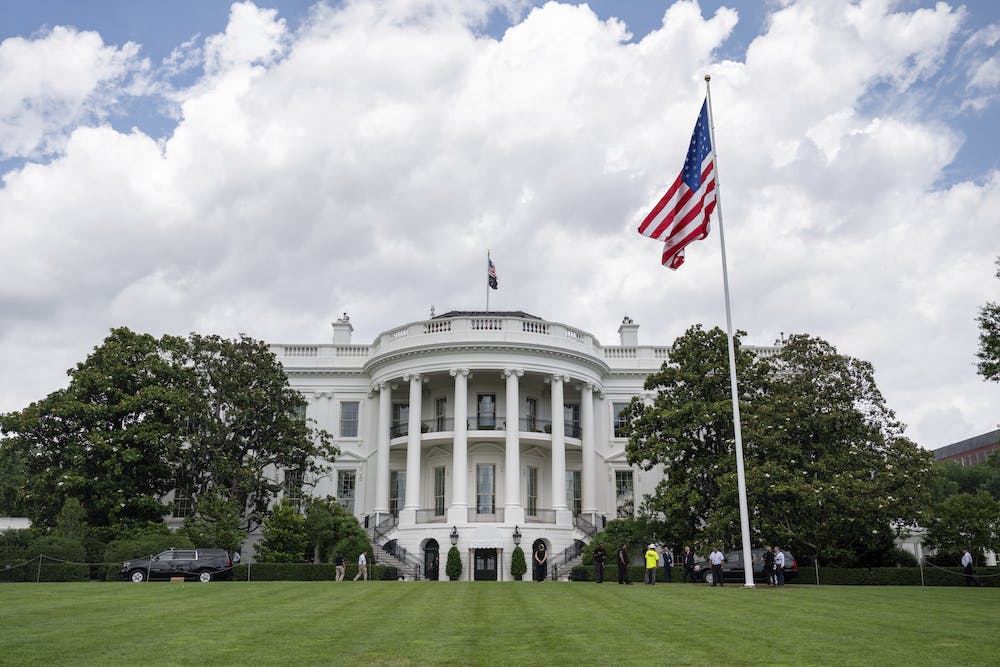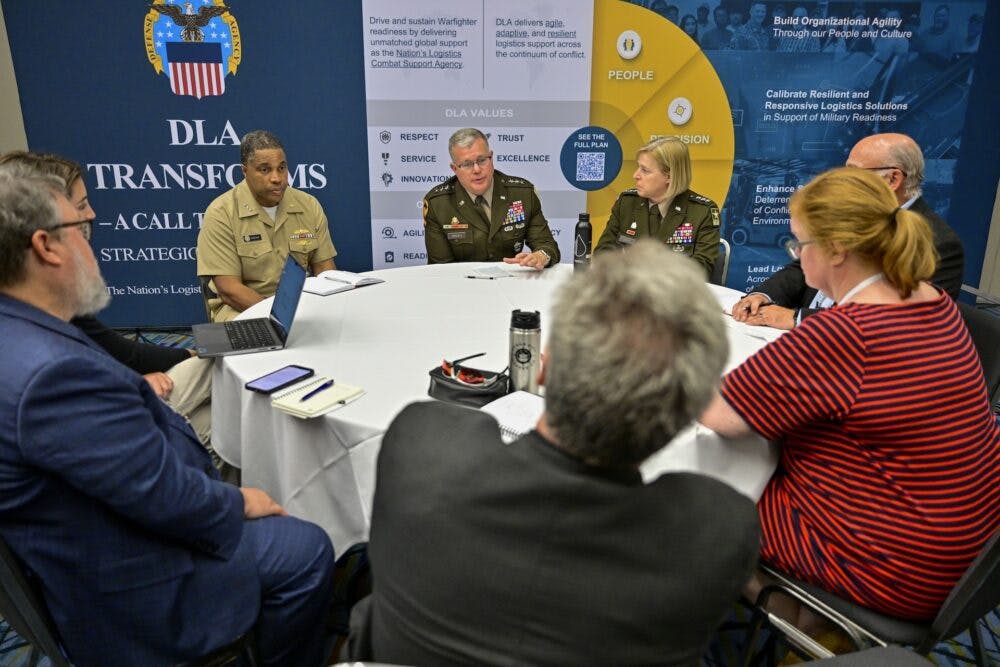New Executive Order Revamps Federal Acquisition Regulation
A new executive order streamlines federal acquisition in a bid to speed up government’s ability to do business with commercial entities.

The White House released a new executive order yesterday designed to streamline and modernize the Federal Acquisition Regulation (FAR), which governs how the federal government purchases goods and services. The overhaul aims to shift government’s approach to doing business with commercial entities.
Within 180 days of the order, the Administrator of the Office of Federal Public Procurement Policy, along with members of the FAR Council, agency heads and acquisition officials to rework the FAR to contain “only provisions that are required by statute or that are otherwise necessary to support simplicity and usability, strengthen the efficacy of the procurement system, or protect economic or national security interests.”
Within 20 days, The Office of Management and Budget will provide guidance to agencies on implementing the order. Policies that do not meet the White House’s guidelines on effectiveness will be sunset after four years.
The executive order acknowledged the FAR was initially designed to establish uniform acquisitions throughout government, but since its implementation has “swelled to more than 2,000 pages of regulations, evolving into an excessive and overcomplicated regulatory framework and resulting in an onerous bureaucracy.”
The order also invokes the “ten-for-one” rule, requiring agencies to eliminate ten existing regulations for every new one introduced.
The executive order referenced reports and studies like the 2024 “Restoring Freedom’s Forge” Senate committee report led by Mississippi Sen. Roger Wicker and a 2019 report by the Advisory Panel on Streamlining and Codifying Acquisition Regulations that concluded that FAR has been a burden doing business with the government.
Wicker’s report called for reforms in five key areas — “cutting red tape, unleashing innovation, increasing competition, enabling decisive action and modernizing the budget process” — also sponsored legislation to enact these reforms.
“My legislation offers an opportunity to maximize the use of public dollars to buy second-to-none weapons systems, adopt new technology faster, and boost competition within the defense industry. I have started a national conversation about making a generational investment. Now we need to discuss how we can spend smarter,” Wicker said at the time.
The White House claimed that current federal acquisition regulations have harmful effects on American taxpayers and emphasized the need for reform.
“The management and expenditure of nearly $1 trillion annually in procurements cannot continue on this trajectory. Fortunately, its inadequacies are self-inflicted and can be remedied through a comprehensive reform of the FAR,” the executive order said.
This is a carousel with manually rotating slides. Use Next and Previous buttons to navigate or jump to a slide with the slide dots
-

White House Unveils AI Action Plan to Secure Global Dominance
The strategy outlines steps to accelerate private sector innovation, build critical infrastructure and advance U.S. leadership in AI policy and security.
3m read -

Tracking CIOs in Trump's Second Term
Stay informed on the latest shifts in federal technology leadership as new CIOs are appointed and President Trump's second term takes shape.
6m read -

Trump Orders Spark Government-Wide Acquisition Overhaul
As Trump pushes for a faster, simpler procurement system, agencies are leveraging AI and adapting strategies to meet new requirements.
5m read -

New Army Acquisition Plan Cites Autonomy, Predictive Analytics
Officials outline how the Army Transformation Initiative signals a broader shift toward efficiency with tech and acquisition reform.
4m read








